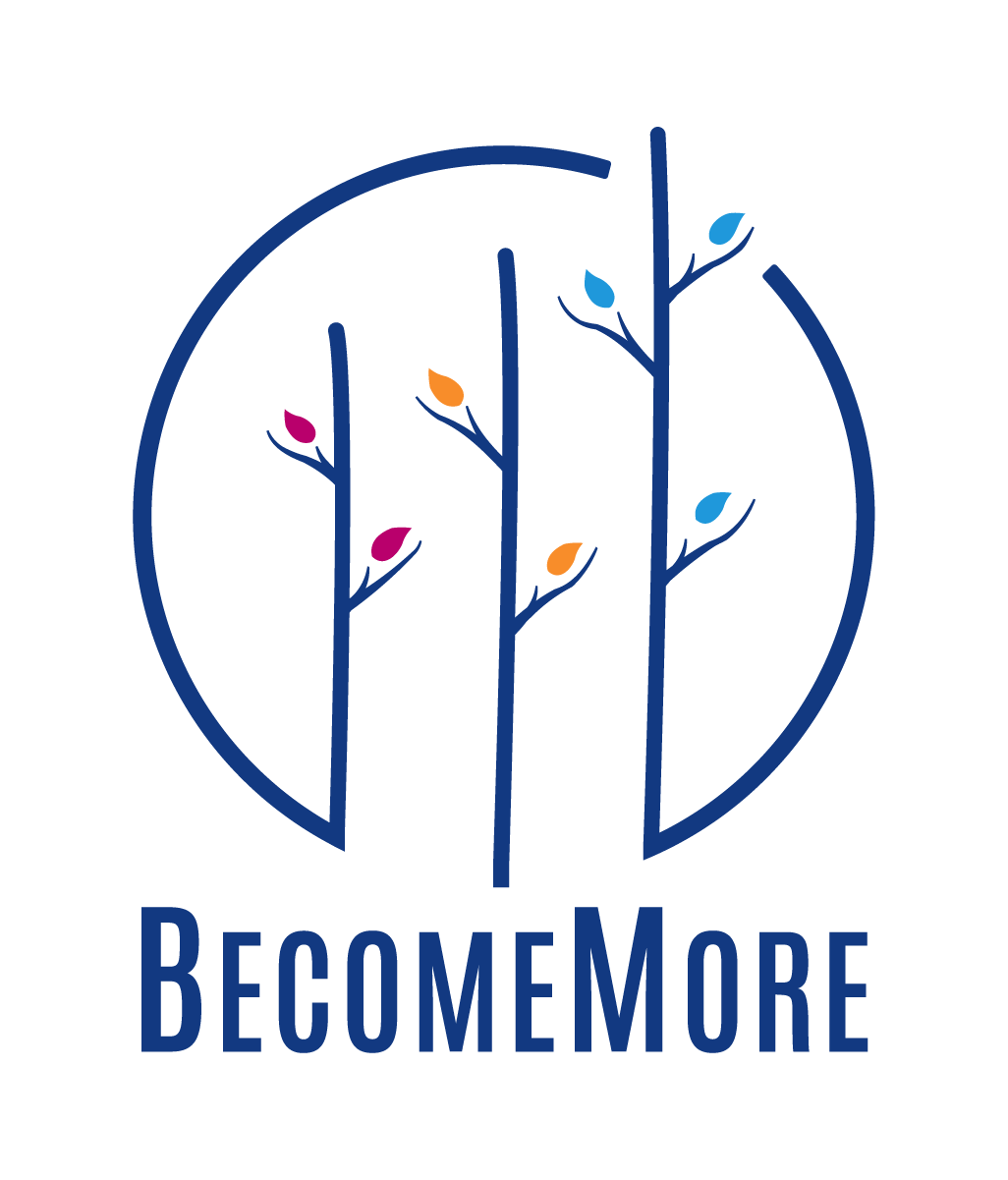1 min read
Beyond Efficiency or Quality: Why Lean Six Sigma is the Ultimate Powerhouse
![]() Scott Burgmeyer
:
8/26/24 10:54 AM
Scott Burgmeyer
:
8/26/24 10:54 AM

In the world of business improvement, two methodologies reign supreme: Lean and Six Sigma. Lean focuses on eliminating waste and streamlining processes, while Six Sigma prioritizes reducing defects and achieving near-perfect quality. While both are powerful on their own, the magic truly happens when they're combined into one powerhouse approach: Lean Six Sigma.
Here's why Lean Six Sigma is the superior choice:
- Holistic Approach: Lean Six Sigma tackles problems from a multi-dimensional perspective. It identifies wasteful processes (Lean) that create defects (Six Sigma), allowing for a comprehensive improvement strategy.
- Focus on Value: At its core, Lean Six Sigma emphasizes delivering value to the customer. By combining efficiency and quality, it ensures processes not only run smoothly but also deliver a product or service that truly meets customer needs.
- Reduced Costs & Improved Speed: Lean eliminates unnecessary steps, minimizing resource consumption. Six Sigma minimizes errors, reducing rework and waste. Together, they lead to significant cost savings and faster turnaround times.
- Enhanced Customer Satisfaction: By focusing on both efficiency and quality, Lean Six Sigma delivers a superior customer experience. Reduced wait times, fewer errors, and a product that meets expectations all contribute to happier, more loyal customers.
Here's an analogy: Imagine building a house. Lean ensures you use only the necessary materials (efficiently framed walls), while Six Sigma ensures the construction is flawless (no leaky roofs). Lean Six Sigma combines these elements, building a strong, efficient house that meets your needs perfectly.
Getting started with Lean Six Sigma can be done in steps:
- Identify areas for improvement: Start by pinpointing processes with high waste or defect rates.
- Combine Lean and Six Sigma tools: Utilize Lean tools like value stream mapping to identify waste and Six Sigma tools like DMAIC (Define, Measure, Analyze, Improve, Control) to reduce defects.
- Implement and Analyze: Put your plan into action and track the results. Continuously monitor and refine your approach for sustained improvement.
By embracing Lean Six Sigma, you unlock a powerful strategy for streamlining operations, minimizing errors, and ultimately, achieving superior business results and customer satisfaction. It's not about choosing efficiency or quality, it's about having the best of both worlds.
So, ditch the "either/or" mentality and embrace the power of Lean Six Sigma!

